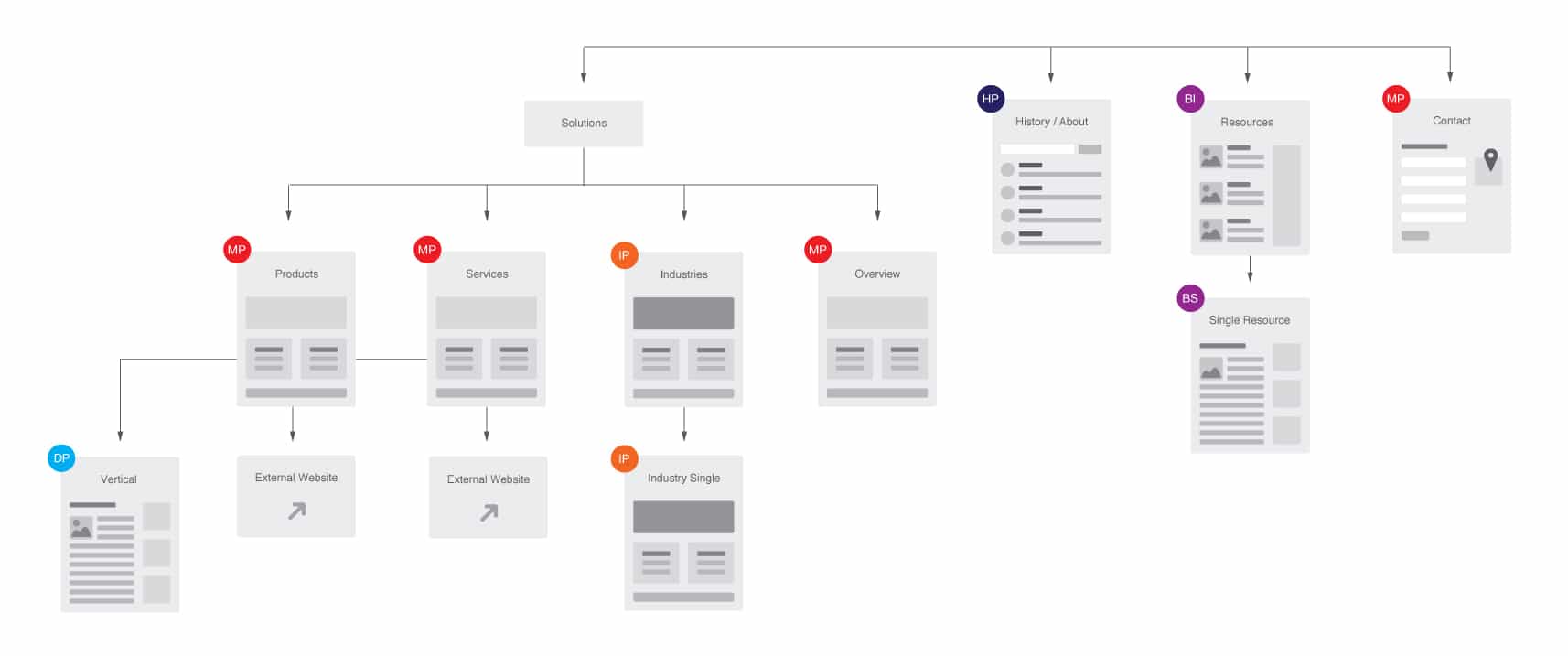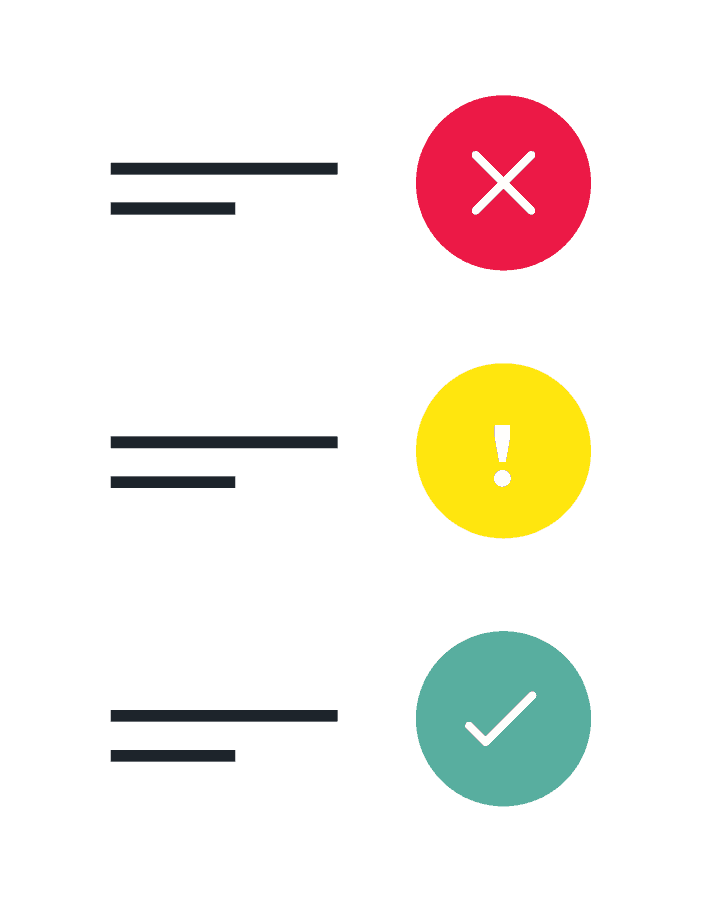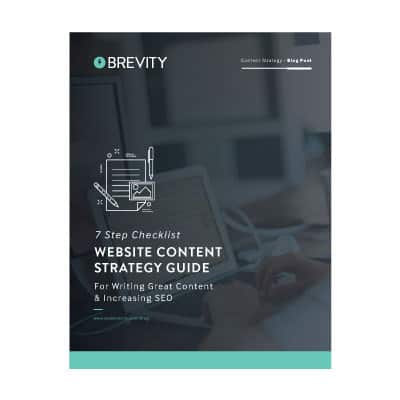Build A Content Driven Website
Content Strategy for a Successful Business Website
You may have heard the phrase, “Content is king.” The truth is, content strategy is an element of a campaign or, in this case, a website, that is extremely important to focus on right at the beginning. Although, maybe even more important, or the “king” of your initiative is the way that every piece works together to create the most successful finished product. Analogies based around a monarchy simply won’t work. This is because the importance of steps in the process is flat, which each piece being just as important as the next. The real trick is fitting them into the right place at the right time, with the right amount of attention. And the right place and right time to start thinking about content is at the VERY beginning. Thinking about content first; the “what” you want to say, and “how” you’re going to say it, is a great way to ensure you are on your way to reaching your marketing-based goals.
![]()
Content Strategy & Content Planning
Thinking is a great place to start, but now that you’ve thought, let’s plan. When planning out content that will ultimately turn into the powerful tool that is your online salesperson or online sales TEAM, the first step is organization. We need to put together what we want to say and find the best place to say it to ensure that our audience has the most accurate impression of what the brand does, while being guided toward the (think: lead generation forms, gated-content pieces, sales process) correct spots to get in touch or buy. This is where a well-built sitemap comes into play.
Your sitemap is essentially the tour guide for your sales process to your audience. The sitemap includes all top-level navigation (often considered to be the pages linked at the top of a website) items, as well as any additional items that will help convey information about the brand or product, or assist in enhancing organic search.

This Sitemap Uses Visual Tags to Organize Page & Content Types within Our Content Strategy.
Website Architecture for Real People
Stay ahead of your industry by building your sitemap to reflect what your audience is looking for. After all, we are usually talking to real people, right? In order to talk to these real, actual, people, we also need words, images, forms, graphics, and more to go on these pages that we’ve so painstakingly built this sitemap for. At Brevity, we call this next part of the content strategy process, the “content schema.”
Now that we know what pages we need to have, the content schema helps us identify what to say to our audience in order to get them clicking buttons, filling out forms, and just engaging more in general.
In order to make the most of what you are writing, your content strategy should connect different parts of your site or sales process to each other. For example, if you’re writing in-depth case studies to show thought-leadership, consider utilizing this content on the homepage as well, and consider tying both of these sections to a downloadable piece that captures information, or a call-to-action to schedule a consultation. Now you’ve started to create a web, and connecting pieces of your site with another is a great way to make your potential clients stay. The longer they stay, the more likely they are to buy.
Organic Search Strategy for Long Term Growth
When a visitor first views a website, getting them the information they are looking for in a short amount of time takes a lot of effort, but it’s also extremely important to keep people looking once they’ve landed. When we’ve built a solid content and page structure and our audience is able to navigate the site, find what they’re looking for, and start the buying process, we start looking at how they got there to begin with. Here is some insight on how we can work with terms, content hierarchy, and more, to increase the likelihood of showing up in search, organically.
Buying search terms is one way to get visitors to your site, but with most industry saturation in the PPC (pay-per-click) market and consumers becoming more educated by the second, focusing on increasing your search ranking organically is a great way to establish trust and ensure more long-term success of your online sales team. Capitalizing on the hundreds of ways to optimize your site for search engines is something that could take an entire post, article, book, or even encyclopedia, so we will just focus on a few key elements. If you’re looking for more guidance, now would be a good time to give us a call.
Search engines will give a higher priority to pages with relevant video content, but using photos as well is a great way to balance out site speed and create a mobile-friendly experience for your audience. Taking these things into account, along with headings and URL structure is a great way to start down the path to an organically optimized site.

Introduction to Wireframing
Writing meaningful copy, usually around 500-600 words per page, while also adding in videos, graphics, and imagery is a daunting task, sure. But your project is only just beginning and all of this still needs to be laid out into a beautiful composition that best represents your brand.
By now, we’ve identified what pages we need, so we start laying them out with the actual content. Having built the outline, the writing should flow naturally. Let’s use our sitemap from above as an example. This layout of all of the site pages identifies 6 different page types, so we need to account for all of these pages when doing our wireframes. We’ll get more into wireframing in our next post, so stay tuned.
Keep Content Organized
Remember to stay organized throughout the content strategy process. We use a tool called GatherContent to work with our clients in order to organize words, images, and other assets for each page involved in building a new website.
Now that you’re putting content first, the rest of the process of adding your website to your sales team will go much more smoothly. Just make sure to consider organizing everything in one place, whether you’re working with a team of 2 or a team of 50, and always keep your audience top-of-mind to ensure you’re talking to the right people at the right time.
The Brevity website process is focused on content and measurable goals that elevate our clients. If your online presence could benefit from a strategic content overhaul, let’s start talking.

GET YOUR FREE
DIGITAL MARKETING SCORECARD
How is your digital marketing performing? We take a look at a wide variety of factors including social media, website usability, analytics, & more. Free in your inbox tomorrow.
GET YOUR SCORECARD
Convert More Leads
UNLOCK YOUR WEBSITES POTENTIAL
In order to build for maximum website usability and ROI, there are a variety of details that need extra-special attention. Download the full ebook to learn more.
DOWNLOAD NOW